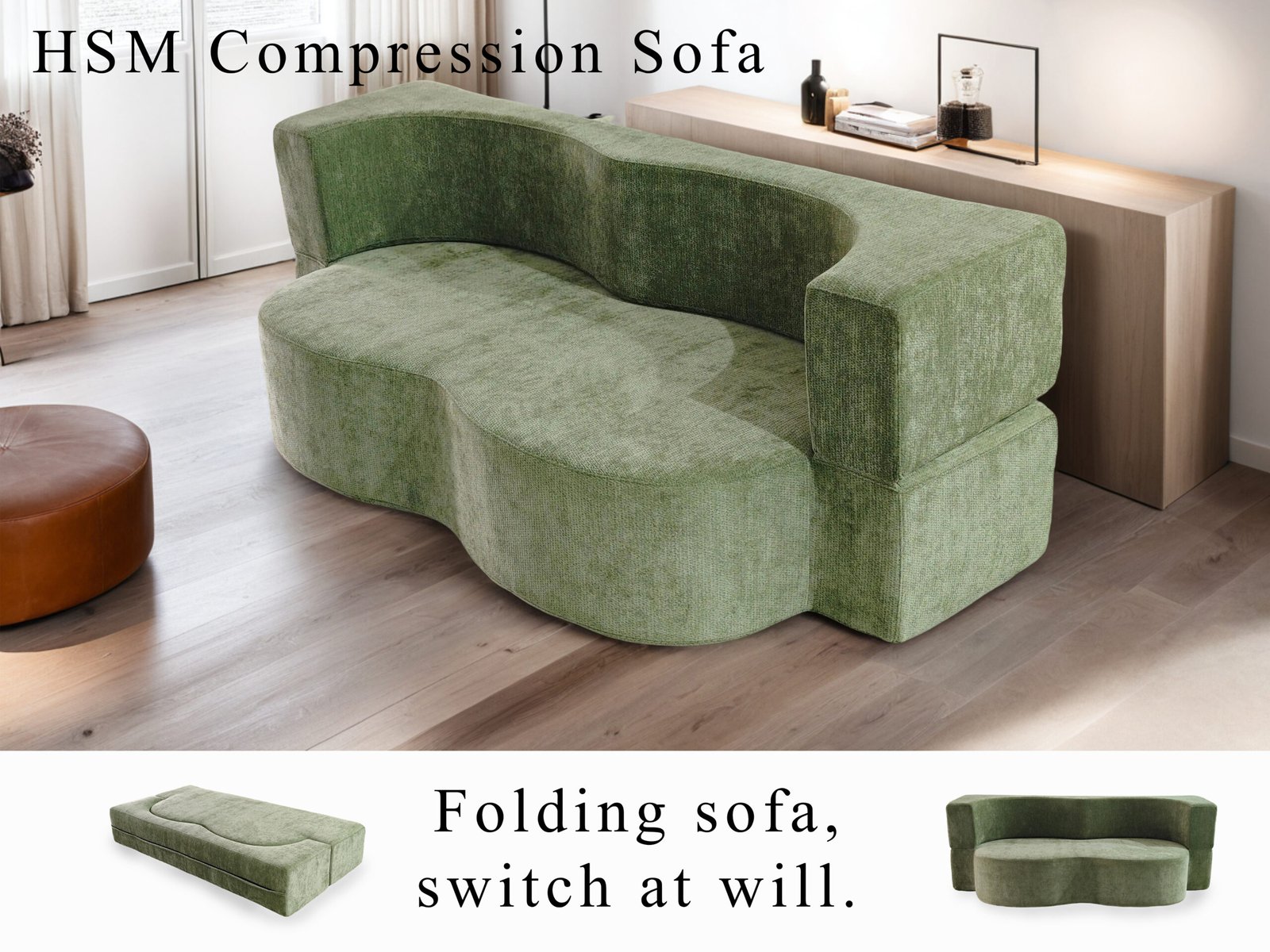
Compression sofas sound like the perfect fit—but are they truly better than all other sofa types?
Compression sofas compete with traditional, sectional, sleeper, recliner, loveseat, futon, modular, and inflatable sofas—each with unique advantages in comfort, design, or flexibility.
Before you decide what to stock or buy, it’s important to understand what sets compression sofas apart—and where their rivals still shine.
How do compression sofas compare to traditional sofas?
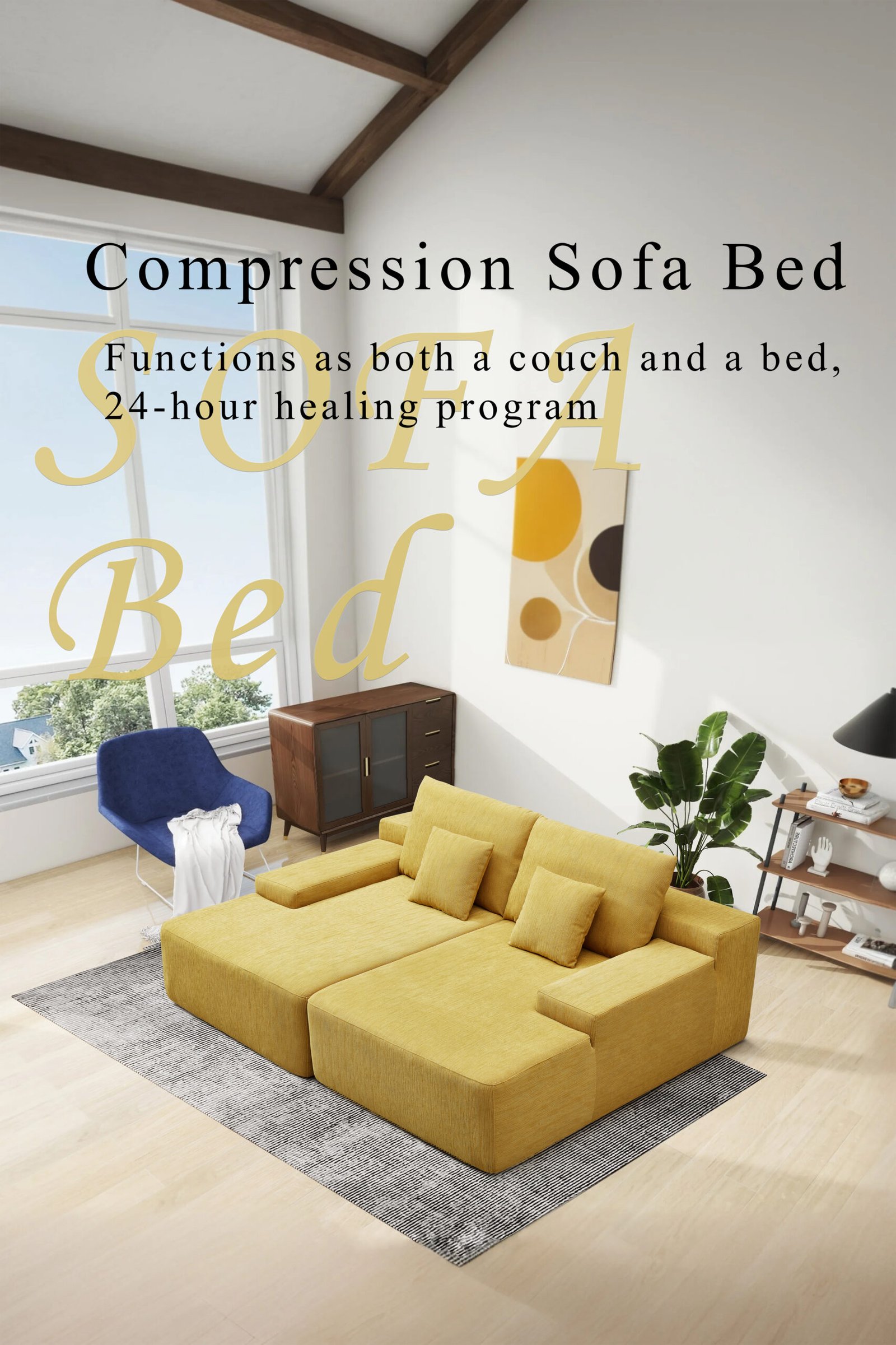
Traditional sofas are what most people grew up with—big, comfy, and built to last. So why change?
Traditional sofas offer timeless aesthetics and plush comfort, but they lack the space-saving flexibility of compression sofas.
Key Differences:
| Feature | Traditional Sofa | Compression Sofa |
|---|---|---|
| Comfort | Deep cushions, fixed comfort | Medium to firm, ergonomic foam layers |
| Portability | Bulky and hard to move | Compact, fits in a box |
| Space usage | Requires large space | Ideal for small rooms or studios |
Traditional sofas win in durability and prestige—but lose when it comes to adaptability and modern urban living.
Are sectional sofas a real threat to compression sofas?
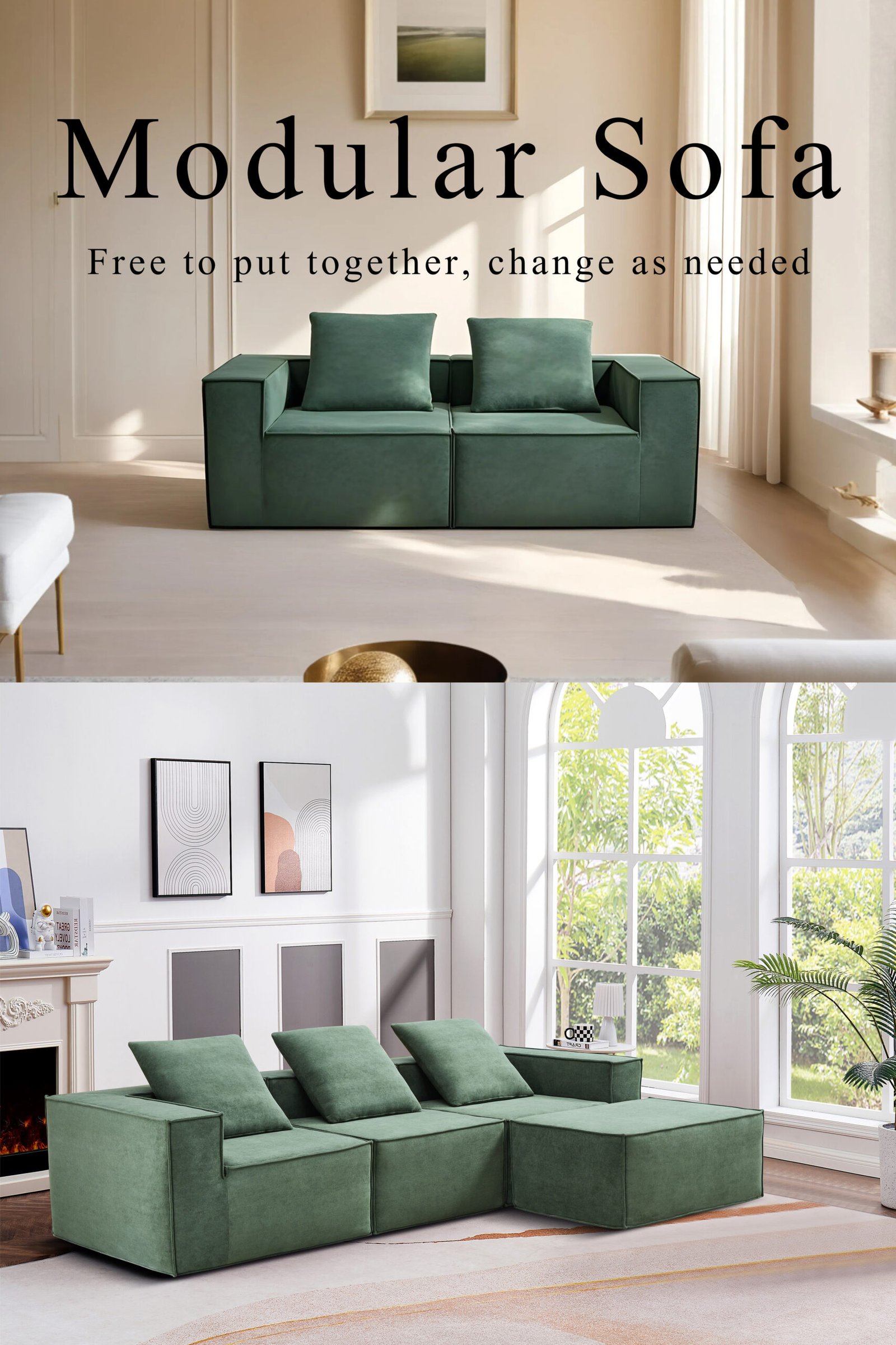
Need to seat the whole family? Sectionals do that—and more. But do they save space?
Sectional sofas are modular and spacious, but they often occupy more room than compression sofas and are harder to transport.
Sectionals offer:
- Multiple seating configurations
- Ideal for large living areas
- Often include chaise lounges or recliners
But:
- They’re expensive to ship
- Harder to move through doors or elevators
- Not compressible or flat-packable
If your space is flexible and large—go sectional. If it’s small and needs reconfiguring often, stick with compression.
Do sleeper sofas offer more value than compression sofas?
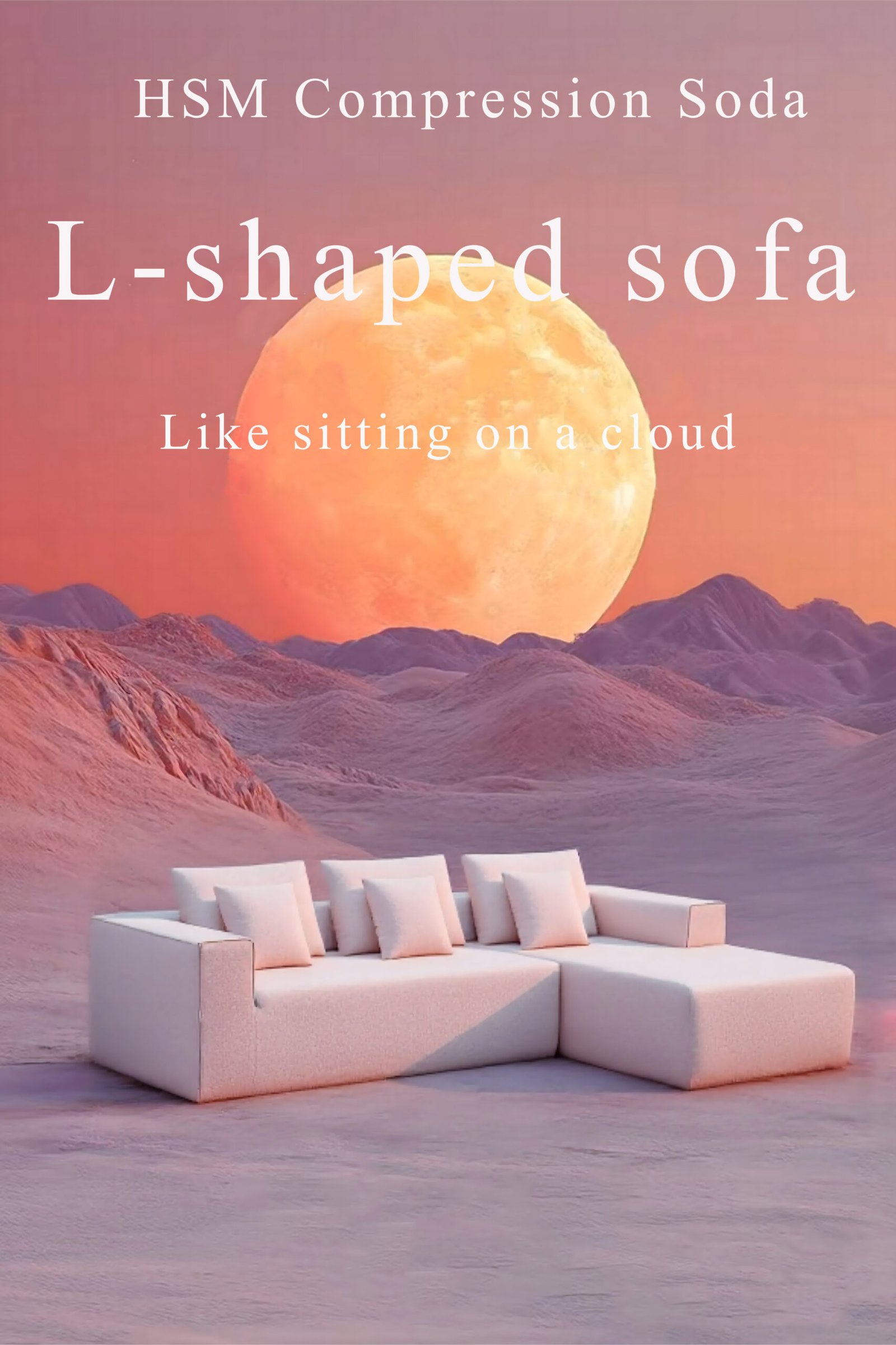
Want a couch that doubles as a guest bed? Sleeper sofas have ruled that niche for decades.
Sleeper sofas provide built-in beds, but they tend to be heavier, harder to convert, and less compact than compression sofas.
Quick Comparison:
| Use Case | Sleeper Sofa | Compression Sofa |
|---|---|---|
| Overnight use | Yes – includes mattress | No – occasional use only |
| Portability | Heavy, hard to move | Lightweight, easy to ship |
| Price range | Medium to high | Low to high (more scalable) |
Compression sofas can’t beat sleeper sofas on functionality for guests, but they win on ease of use and shipping.
What about recliner sofas—are they more comfortable?

For those who love to lounge, recliner sofas offer unmatched adjustability. Can compression sofas compete?
Recliner sofas deliver top-tier comfort, but they’re larger, more expensive, and less versatile than compression sofas.
Feature Breakdown:
| Feature | Recliner Sofa | Compression Sofa |
|---|---|---|
| Adjustability | Full recline, footrest, lumbar | Fixed back or limited motion |
| Footprint | Large – needs extra space | Small – designed to fold |
| Comfort level | Excellent for long sitting | Medium – ergonomic, but compact |
Compression sofas are for efficient living; recliners are for luxurious lounging. Choose based on use.
Are loveseats a direct competitor?

Loveseats are compact and cozy—ideal for couples or small rooms. But can they compete?
Loveseats share the small footprint advantage but don’t offer the multifunctionality or packaging benefits of compression sofas.
| Factor | Loveseat | Compression Sofa |
|---|---|---|
| Seating capacity | 2 people | 2–3 people |
| Convertibility | Fixed seating only | Can fold, expand, or pack flat |
| Shipping | Requires freight | Can be shipped as a box |
Loveseats are simple and effective. Compression sofas are flexible and modern.
Futons vs. compression sofas—what’s the difference?
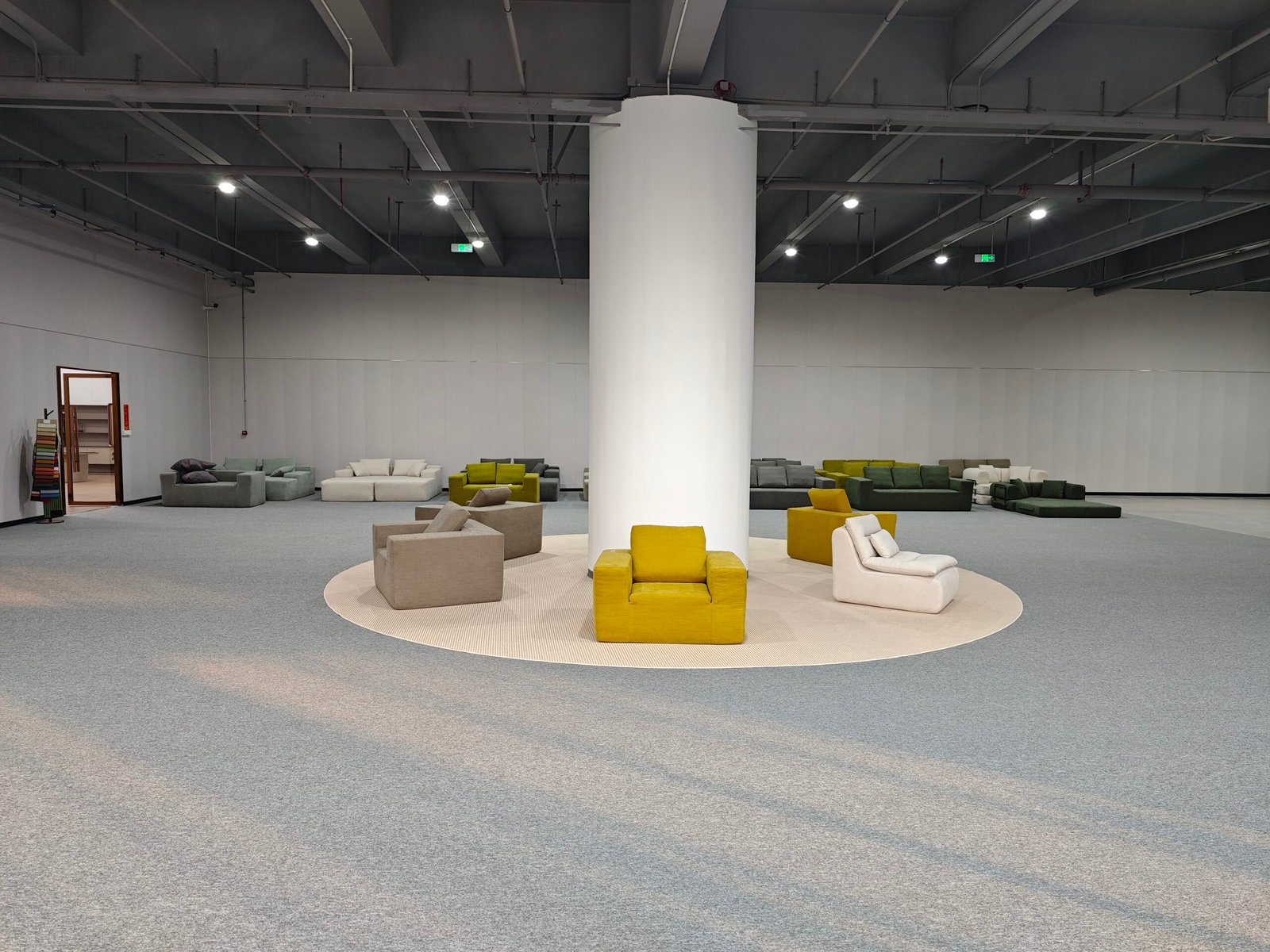
Futons were once the kings of small spaces. Are they still relevant today?
Futons and compression sofas both aim to save space, but futons often lack modern materials and appeal.
Futons:
- Fold flat into beds
- Use basic metal or wood frames
- Often include single-layer mattresses
Compression sofas:
- Use layered foam for better comfort
- Include modular mechanisms
- Look like real sofas—not dorm beds
Compression sofas are the 2020s upgrade to the futon concept.
What about modular sofas—are they a stronger competitor?
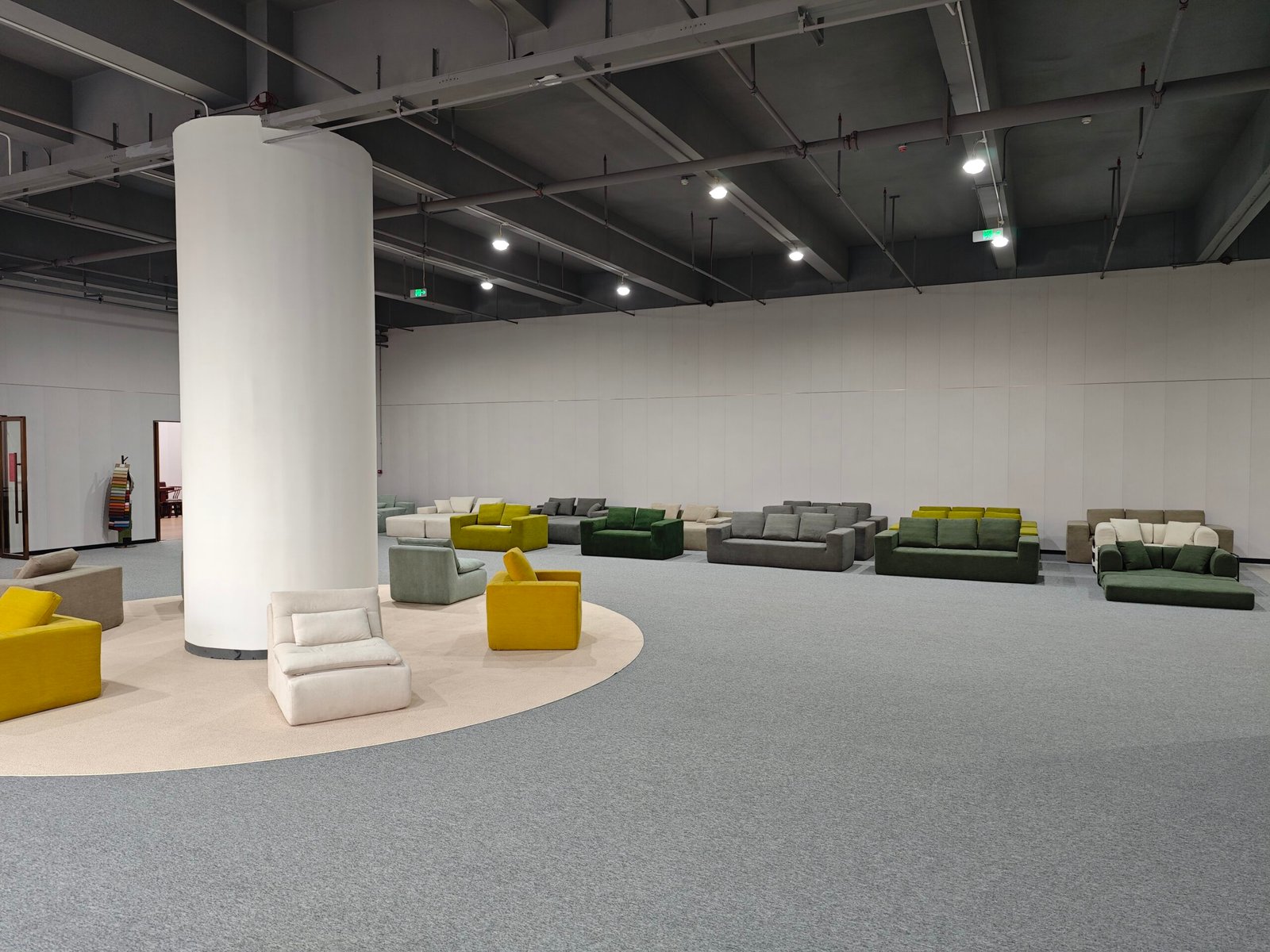
Build your own sofa? Sounds fun—and functional.
Modular sofas let users reconfigure shape and size, but they take up more room than compression sofas and can be pricey.
| Flexibility | Modular Sofa | Compression Sofa |
|---|---|---|
| Configurability | High – separate pieces | Medium – folds, converts |
| Price | Mid to high | Broad range – more budget options |
| Space efficiency | Good for open layouts | Best for tight spaces |
Modular = customizable space use
Compression = minimal space use
And inflatable sofas—are they even comparable?

Lightweight and cheap—but do they hold up?
Inflatable sofas are budget-friendly, but they can’t compete with compression sofas in comfort, design, or longevity.
Inflatables are:
- Great for temporary use
- Popular at events or camping
- Prone to punctures and less attractive
Compression sofas are permanent solutions for compact living—not temporary seating hacks.
Conclusion
Compression sofas face serious competition from traditional, sectional, sleeper, recliner, loveseat, futon, modular, and inflatable options—but they stand out for their portability, space efficiency, and modern appeal.